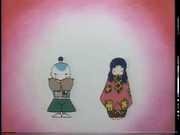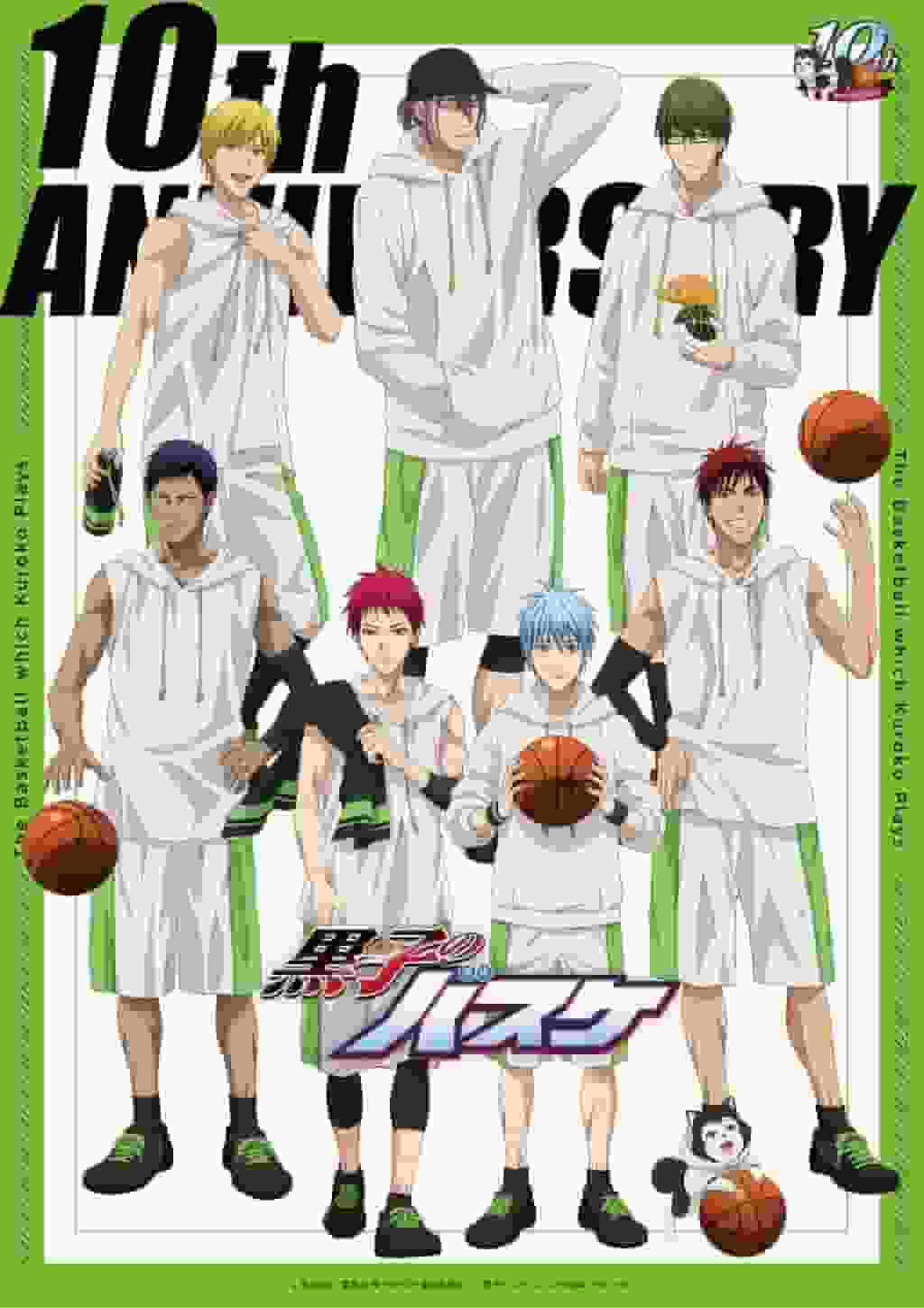Video Picture Book Museum Japanese Fairy Tales - What is the appeal of enjoying nostalgic fairy tales in animated form?

Video Ehonkan Japanese Fairy Tales - OVA films based on nostalgic Japanese traditional literatureThe original video animation "Video Ehonkan Nihon Otogibanashi" (Video Ehonkan: Japanese Fairy Tales), released on September 4, 1988, is a series of 29 episodes that depict traditional Japanese literature. The series was produced by Aubeck and features voice actors Kazue Komiya and Ritsuo Sawa. The series depicts traditional Japanese fairy tales in beautiful animation, and can be enjoyed by children and adults alike. Overview of the work"Video Ehonkan Nihon Otogibanashi" is an OVA series based on traditional Japanese literature. Each episode is an animated version of a famous Japanese fairy tale, aiming to tell traditional Japanese stories to children. The series, which consists of 29 episodes, was released on September 4, 1988 and was loved by many households. BackgroundThis work was produced by a production company called Aubeck. Aubeck has produced many animation works with an emphasis on educational content, and "Video Ehonkan Nihon Otogibanashi" was produced as part of that. The idea was that by filming traditional Japanese literature, they could teach children about Japanese culture and traditions. castVoice actors Kazue Komiya and Ritsuo Sawa appear in this work. Kazue Komiya has appeared in many children's anime and educational programs, and her gentle voice is loved by children. Ritsuo Sawa has also appeared in many works, and his warm voice is especially praised in works for children. The appearance of these two voice actors further enhances the appeal of the work. subtitle"Video Picture Book Collection: Japanese Fairy Tales" includes the following subtitles:
Details of each episodeBelow are details about each story. Episode 12: Snow Woman"Yukionna" is a story about the legendary Japanese monster "Yuki-onna." Yuki-onna is a monster in the form of a beautiful woman who attacks travelers in snowy mountains. In this story, Yuki-onna helps travelers, but also portrays her frightening side. The animation beautifully expresses the beauty and frightening side of Yuki-onna, making it a great opportunity to teach children about Japanese legends. Episode 13: Rolling Rice Ball"Rolling rice ball" is a story about a protagonist who finds happiness by rolling a rice ball. The story conveys the message that happiness can be found through hard work and ingenuity. The animation depicts the rolling rice ball in a cute way, giving children dreams and hope. Episode 14: Ikkyu-san"Ikkyu-san" is a story about Ikkyu Sojun, a Zen monk from the Muromachi period. Ikkyu Sojun helped many people with his wisdom and humor. This story depicts Ikkyu Sojun's wisdom and humor, teaching children the importance of wisdom. In the animation, Ikkyu Sojun's character is portrayed in an appealing way, making it popular with children. Episode 15: The Tough Mountain"Kachikachiyama" is a story about a fight between a raccoon dog and a rabbit. The raccoon dog tries to trick the rabbit and eat him, but the rabbit uses his wits to defeat the raccoon dog. This story teaches the importance of wisdom and courage. In the animation, the fight between the raccoon dog and the rabbit is depicted in a comical way, allowing children to learn a lesson while having fun. Episode 16: Chikara Taro"Chikara Taro" is a story about a strong boy named Chikara Taro. Chikara Taro helps many people with his strength. This story teaches us the importance of strength and how to use it properly. The animation beautifully depicts Chikara Taro's strength, giving courage to children. Episode 17: The Princess Who Carried the Butt"Hachikatsugi Hime" is a story about a princess who carries a bee on her back. With the help of the bee, the princess overcomes many difficulties. This story teaches us the importance of coexisting with nature. The animation beautifully depicts the relationship between the bee and the princess, teaching children to respect nature. Episode 18: The Tongue-Cut Sparrow"The Tongue-Cut Sparrow" is a story about a sparrow who speaks human language. The sparrow helps many people by speaking human language. This story teaches us the importance of words and how important it is to use them correctly. The animation beautifully depicts the cuteness of the sparrow, and is loved by children. Episode 19: The Sea and the Mountain"Umihiko Yamahiko" is a story about the conflict between the gods of the sea and the mountains. The gods of the sea and the mountains fight each other, but eventually reconcile. This story teaches us the importance of overcoming conflict and reconciling. The animation beautifully depicts the beauty of the sea and the mountains, teaching children to respect nature. Episode 20: The Straw Millionaire"The Straw Millionaire" is a story about a protagonist who exchanges straw and becomes a millionaire. The story conveys the message that success can be achieved through hard work and ingenuity. The animation depicts the exchange of straw in a humorous way, allowing children to learn a lesson while having fun. Episode 21: Bunbuku Tea Kettle"Bunbuku Chakama" is a story about a raccoon dog who transforms into a tea kettle to help people. The raccoon dog helps many people with its wisdom and humor. This story teaches us the importance of wisdom and humor. The animation depicts the raccoon dog's transformation in a humorous way, allowing children to learn a lesson while having fun. Episode 22: Princess Melon"Princess Melon" is a story about a princess born from a melon. The princess helps many people with her beauty and wisdom. This story teaches us the importance of beauty and wisdom. The animation beautifully depicts the princess's beauty, giving children dreams and hope. Episode 23: The Azuki Bean Ghost"Azuki Obake" is a story about an azuki bean monster. The azuki bean monster helps many people with its humor. This story teaches us the importance of humor. In the animation, the humor of the azuki bean monster is depicted in a comical way, allowing children to learn a lesson while having fun. Episode 24: The Sumo Ghost"Sumo Ghost" is a story about a sumo monster. The sumo monster helps many people with its power. This story teaches us the importance of power and how to use it properly. The animation beautifully depicts the strength of the sumo monster, giving courage to children. Episode 25: Duckling Gonbei"Duck-Tori Gonbee" is a story about a main character who catches ducks. The main character uses his wisdom and ingenuity to catch the ducks. This story teaches us the importance of wisdom and ingenuity. In the animation, the main character's wisdom and ingenuity are depicted in a comical way, allowing children to learn lessons while having fun. Episode 26: Three Years Old Taro"Sannen Ne Taro" is a story about a protagonist who sleeps continuously for three years. During that time, the protagonist has many dreams and finally finds happiness. This story teaches us the importance of dreams and the effort required to make them come true. In the animation, the protagonist's dream is beautifully depicted, giving children dreams and hope. Episode 27: Tengu's Feather Fan"Tengu's Feather Fan" is a story about the Tengu's feather fan. The Tengu's feather fan helps many people with its power. This story teaches us the importance of power and the importance of using it correctly. The animation beautifully depicts the strength of the Tengu's feather fan, giving courage to children. Episode 28: The God of Poverty and the God of Fortune"The God of Poverty and the God of Fortune" is a story about the conflict between the God of Poverty and the God of Fortune. The two fight each other, but eventually reconcile. This story teaches us the importance of overcoming conflict and reconciling. The animation depicts the conflict between the God of Poverty and the God of Fortune in a humorous way, allowing children to learn a lesson while having fun. Evaluation of the work"Video Ehonkan Nihon Otogibanashi" is highly regarded as a work that depicts traditional Japanese literature with beautiful animation. It is especially valued for its educational value in teaching children traditional Japanese stories. The performances of voice actors Kazue Komiya and Ritsuo Sawa have also been highly praised, making it a work beloved by children. Reasons for recommendation"Video Ehonkan Nihon Otogibanashi" is the perfect work for teaching children traditional Japanese stories. Each story is based on traditional Japanese literature, giving children dreams and hope. In addition, the beautiful animation and excellent voice acting allow children to learn lessons while having fun. In addition, with a total of 29 episodes, children can enjoy it for a long time. This is a work that we highly recommend to those who want to know traditional Japanese stories and those who want to teach children Japanese culture. Related TitlesLike the "Video Picture Book Museum: Japanese Fairy Tales," other animated versions of traditional Japanese literature include the following:
summary"Video Ehonkan Nihon Otogibanashi" is an OVA that depicts traditional Japanese literature with beautiful animation. This series, consisting of 29 episodes, is the perfect work for teaching children traditional Japanese stories. The performances of voice actors Kazue Komiya and Ritsuo Sawa have also been highly praised, making it a work that is loved by children. This is a work that we highly recommend to those who want to learn about traditional Japanese stories and those who want to teach children about Japanese culture. |
<<: Review of "Reina: Legend of the Sword II": The charm of the sequel and improved storytelling
Recommend
The animation of "One Piece" will restart the production of the hegemony company from the East China Sea chapter
Netflix announced that the "One Piece" ...
The appeal and reviews of "Maburaho": A perfect fusion of magic and youth
"Maburaho" - A youth fantasy that combi...
The moving experience of BanG Dream! FILM LIVE: A thorough evaluation of the fusion of music and storytelling
The appeal and reviews of BanG Dream! FILM LIVE &...
"Black Widow" is on the cover of the magazine. The "Black Widow" is wearing a white battle suit and her aura is fully revealed
Recently, Scarlett Johansson, the star of "B...
The appeal and reviews of Usavich Season 1: A unique worldview and deep humor
Usavich Season 1 Review and More Info Overview &q...
The charm and depth of Osomatsu-san: Evaluation and impressions of the story
"Osomatsu-san: Tales from Kings" review...
The classic animation "Futurama" has been renewed for another 2 seasons
The streaming platform Hulu recently announced th...
My matchmaking partner is my student, a strong-willed, problematic child, complete edition - Impressions and reviews that delve into the strengths and problems of my student
Appeal and evaluation of "My Matchmaking Par...
"Sword Art Online" new movie and visual image announced, to be released in autumn 2022
Today (March 23, 2022), the official Sword Art On...
Serious! 3: The Ambitious Chapter - A thorough review of the touching story and character development
"Serious! 3: The Ambitious Chapter" - A...
"My Flying Carpet" review: What is the appeal of Minna no Uta?
"My Flying Carpet" - A magic carpet car...
Spider-Man: Into the Spider-Verse won the 76th Golden Globe Award for Best Animated Feature Film
Today, the 76th Golden Globe Awards was held at t...
Spider-Man: Into the Spider-Verse to tour UK and US in autumn
In 2018, the award-winning animated film Spider-M...
Copyrights of Superman and Lois enter public domain after 10 years
According to foreign media reports, the copyright...
Transformers 7: Phantom Raids Chinese trailer: Phantom is both civil and military
Recently, the official Chinese trailer of "T...









